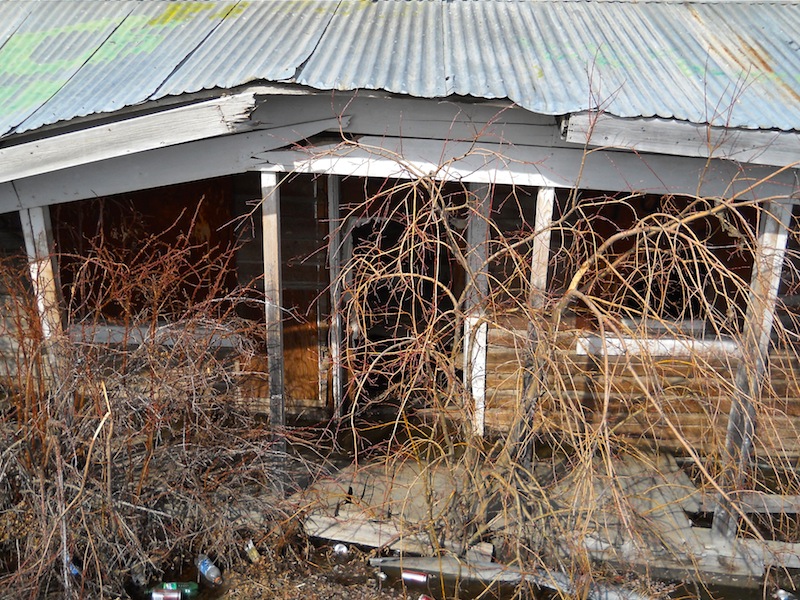I am unclear about all the details of education in Fort Yukon in the territorial years. I do know that a mission school, perhaps Episcopal, existed here even before the United States purchased the territory from Russia in 1867. I have not seen this school and I expect the building no longer exists.
I do know that the Bureau of Indian Affairs built and operated a school for native Alaskans in our village, but I have not been able to determine when it was founded. It is clear from the records that it was operational by 1925. It still must have been serving the community in the 1950’s because our Alaskan state representative, Don Young, lived here and taught at the school during those years. At the time, it was a one room schoolhouse with a wood burning stove. It no longer exists. Native Alaskan children were punished for speaking Gwich’in in this school. Why was that?
A territorial school was built in 1913. It, too, was a one room schoolhouse with a wood burner. White children attended this school, and children of mixed families. Native Alaskans could not. Why was that?
In the mid-30’s the village was booming and the territorial school built a second floor to house two additional teachers. Then, in 1939, fire struck and completely destroyed the structure. It was rebuilt near the edge of the Yukon River where much of the village’s commercial buildings and homes existed. In May of 1949, a major flood devastated the village; the new school building survived, but it closed its doors decades ago. The photographs above show the back of the territorial school as it exists today. The berm just out of the pictures to the right is a dike built in 1992, I believe, to protect the homes that still exist along the waterfront. The Yukon River flows just on the the other side.


Exciting to read about how the school system is up there in Alaska. It’s a shame it’s been such distinctions between people when it comes to which school they attend. How is the school system there now? By the way, it is from this place you live?
Yes, I do live here with my wife Lindsay. We came here as teachers. I teach science and Lindsay teaches special education. I’m not sure what you might call that in your homeland. Segregation no longer exists, thank goodness. Thank you for your comments, Helene.
So good that the school system works much better now. So exciting to move as far to work as a teacher. It’s exciting subjects you teach in.
That was exciting, yes. But we came for the boring reason of needing a job.
Nice photo (I like records from the past) and story, Dave. Native sami people in Norway were also forbinnen to talk their native language in school for decades, until about 1960’s. And the priests burned their sacred drums and other things to crush the native religion, and they succeeded. It is a sad part of our history.
I had wondered if this happened in other countries. Thanks for the input.
Great shots Dave. Pity about the school though. Lovely structure. 🙂
*hugs*
Thank you. I’m so sorry I missed your comment. Always love to hear from you, Sonel.
Don’t every worry about that dear Dave. Just know that I love reading your posts. 🙂
*hugs*
I am very, very grateful, Sonel.
Sorry, that “every” should have been “ever” – still early here and I haven’t had my second cup of coffee yet, so my fingers are not fully awake! LOL!
*hugs*
Haunting images — and a reminder of a not-so-long-ago past when people were punished for speaking their own language, or wearing their native clothing. After their populations were decimated, of course. Appalling doesn’t cover it. (But obviously indigenous people elsewhere suffered similar fates.) Thanks for sharing these shots + words….
Thank you for your thoughts, Fey. See Bente’s comment below about a similar event in his country.
I read his comment… Just devastating. My brother worked in Norway for years, and learned much about their plight as well.
dad would have loved these pics… he was always so fond of photographing old buildings. interesting bit of history to go with it. it is so infuriating how the natives were treated though!
I thought of Dad, too. He would have had plenty of old buildings to photograph here.